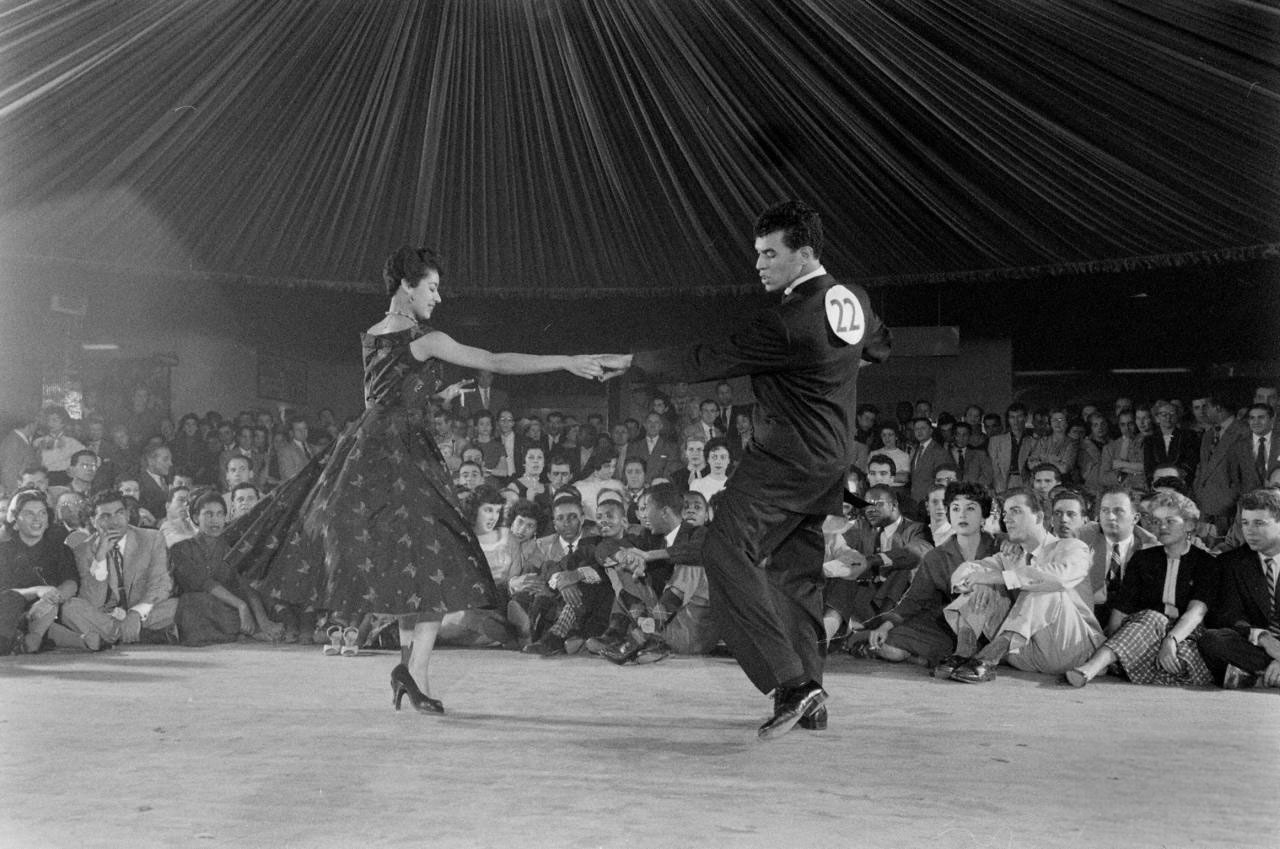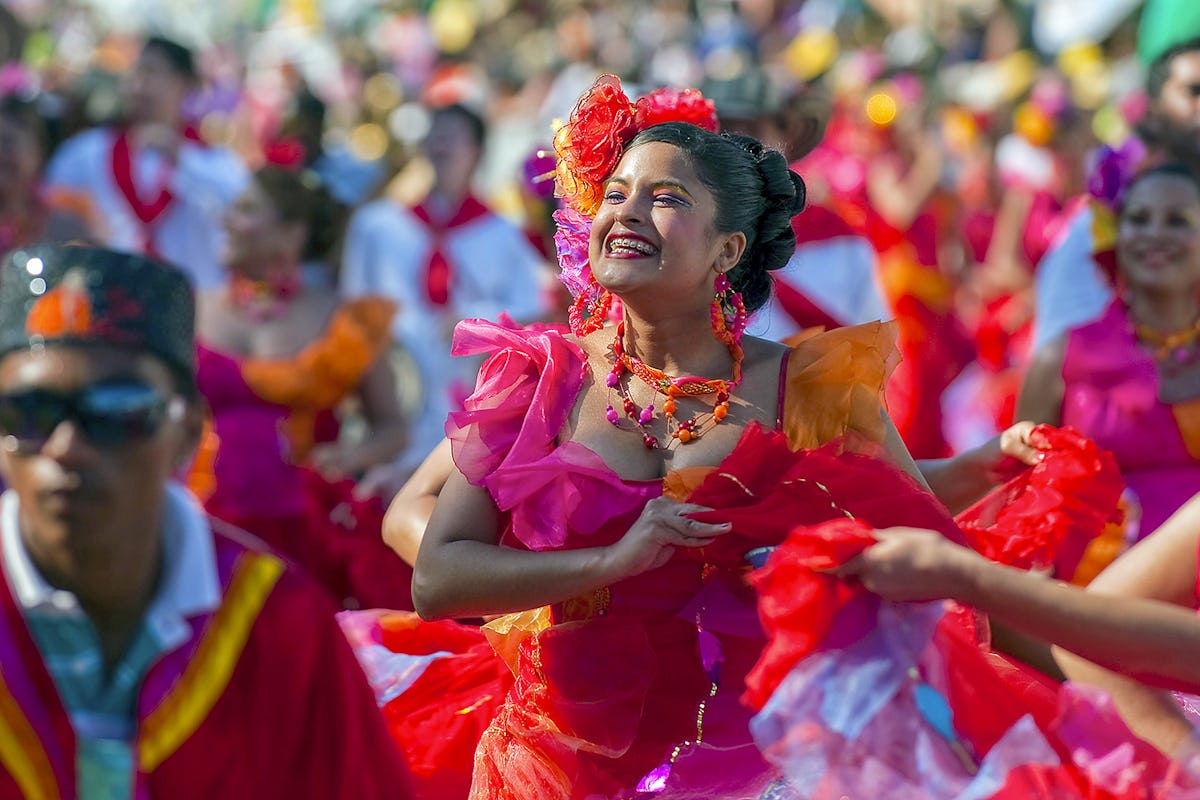Dance San Francisco Can Be Fun For Everyone
Wiki Article
7 Simple Techniques For Dance San Francisco
Table of ContentsThe Greatest Guide To Dance San FranciscoSome Known Details About Dance San Francisco Fascination About Dance San FranciscoNot known Incorrect Statements About Dance San Francisco
The term "salsa" was created by Johnny Pacheco in the 1960s in New York, as an umbrella term for Cuban dancing songs being played in the city at the time. Salsa as a dance emerged not long after, being a mix of mambo (which was preferred in New york city in the 1950s) in addition to Latin dances such as Son and Rumba as well as American dancings such as swing and faucet - bay area salsa dancing.Salsa remains preferred around the world with enthnographic research study into salsa having actually been done as far as Benin, and Ghana. Salsa is a partnered dance where the lead takes the fan through a series of rotates and turn patterns to songs.
The fundamental Salsa dancing rhythm includes taking 3 actions for every 4 beats of music. Salsa professional dancers can additionally disintegrate to dance solo, referred to as "lusters". The two major styles of salsa are straight and circular. In straight salsa, dancers continue to be in their "slot", changing areas from one side of the port to the other, comparable to West Coastline Swing New Yorkstyle salsa and LA-style salsa are both danced by doing this.
Below, dancers circle around each other, reminiscent of East Shore Swing. Incorporating other dancing designing techniques into salsa dance has actually become extremely typical for both males and women: foot work, arm job, body activity, rotates, body isolations, shoulder shimmies, rolls, even hand designing, balancings, and lifts.
The 6-Second Trick For Dance San Francisco
Salsa dancing is a worldwide dance that can be discovered in a lot of municipal cities worldwide. Festivals are held annually, typically called a Salsa Congress, in different host cities aimed to attract a variety of salsa dancers from various other cities and countries. The events bring professional dancers together to share their enthusiasm for the dancing, build community, and share relocations and suggestions.International Salsa Congress, 2004 at Bangalore Video clip demonstrating salsa dancing principles Throughout the years, several different designs of salsa dancing have actually developed all over the world. A number of them work with each various other, but others are different sufficient to make dancing between dancers of various styles challenging. Salsa has several resemblances with other companion dances, the designs and skills discovered in salsa can be put on another Latin dance like Bachata. Integrating various other dance styling methods right into salsa dance has likewise ended up being usual, with dancers of one style integrating designs and motions of others to develop brand-new blends of dancing styles.
It is a direct kind of salsa, where professional dancers dance in a slot, comparable to LA style salsa - bay area salsa dancing. Unlike various website link other styles of salsa, nevertheless, New York design is danced on the second beat of the songs (" on 2"), and the follower, not the leader, progressions on the first procedure of the songs
Among one of the most prominent figures in New York style salsa is Eddie Torres. https://www.easel.ly/infographic/y9itcw (referred to as "the Mambo King"), who is credited with assisting to define the on 2 salsa timing (based upon mambo) and helping to popularize it by showing it in dancing workshops in New york city and via very early instructional tapes
Dance San Francisco for Dummies
Standard action for LA style, with leader's action in blue Salsa show dance Los Angeles design salsa (LA design) is danced "on 1" where dancers damage onward on the first beat of the songs, unlike New york city style which is danced on 2. LA style salsa is danced straight or "port" with dancers exchanging placements throughout the dancing, unlike Cuban salsa which is danced in a much more circular style.In this pattern, the leader progressions on 1, steps to the right on 2-3 while transforming 90 degrees counter-clockwise (facing to the left), leaving the port open. The fan after that tips direct on 5-6 and switches on 78, while the leader makes one more 90 levels counter-clockwise and somewhat forward, returning into the port.
The "Vazquez Brothers" (Luis Vazquez, Francisco Vazquez, and Johnny Vazquez) are attributed for the early development and development of LA Style. Luiz Vazquez was the founder of Los Angeles's very first salsa dancing team, Salsa Brava. The Vazquez Brothers drew impact from stage dances such as faucet dance and assisted create LA style's online reputation for showy relocations and acrobatics.

Examine This Report on Dance San Francisco
The name Gambling establishment is originated from the Spanish term for the casino, "Gambling establishments Deportivos" where much social dancing was done amongst the better-off, white Cubans throughout the mid-20th century and forward (bay area salsa dancing). Historically, Casino traces its origin as a partner dance from Cuban Kid, Cha Cha Cha, Danzn and Guaracha
Report this wiki page